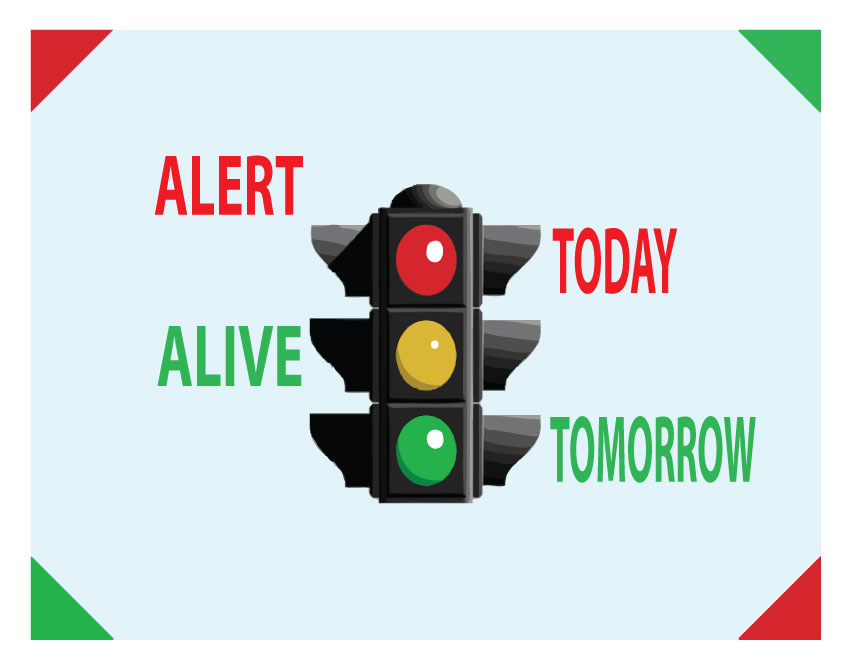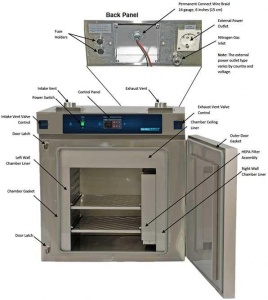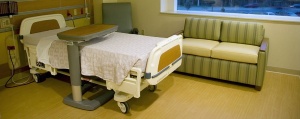Overview of Road Safety Tips
‘Sane driving is safe driving.’ Unless you are from that part of the world that still does not have access to a regular supply of electricity, let alone vehicles to commute to places in, you must have already heard the proverbial saying umpteen times. To say that safe driving is important would be an understatement; driving safely and ensuring proper road safety is indispensable—so much so that a little recklessness on the part of a driver could very well result in more than one fatality.
If the results of a recently conducted survey are taken to be indicative of the actual scenario, an average Indian spends more time behind the wheels every day than does a Chinese or an Australian. The Indian respondents of the survey also admitted to using mobile phones for taking selfies, making phone calls and accessing social media sites whilst driving. This is anything but acceptable.
List of Free Tips and Tricks for Safe Driving|| Road Safety Useful Tips
To curb the number of road accidents in India, it is very important that you drive responsibly and stay abreast of the best ways to be safe on the roads. Read on to know how you can stay safe on your drives:-
#1)Strictly adhere to traffic signals
To begin with, you must not turn a blind eye to the traffic signals even if you are in a hurry. Start a little early every day; it is way better than having a car crash or running a pedestrian over!
#2)Watch out for diversions and traffic cones
Many a time, on-road construction activities result in the road being set up with diversion barricades and traffic cones to redirect motorists. Always watch out for what lies ahead so that you have enough time to change lanes safely.
#3)Managing car skidding
If your car ever starts skidding unusually, you must not frantically start pounding on the brakes; this would only aggravate the situation further by locking your car wheels and denying you any control whatsoever over the vehicle. You, should instead, steer in the direction the car is skidding in and pump the breaks in repeated steady thrusts to decelerate.
#4)Increasing road visibility
If you, at any point in time during your drive, owing to the weather conditions, need to use your windscreen wipers, you must also simultaneously turn your headlights and backlights on so as to make your car stand out distinctly to those driving ahead of you and those approaching you from the rear.
#5)Maintaining safe distance
Tailgating is one of the most popular causes of road accidents. It is best that you maintain a safe distance from the vehicle right ahead of you. This would only be possible if you drive well within the speed limit. Driving slowly will give your reflexes the time to realize that you ought to brake, giving you better control over the vehicle you’re driving in the process.
#6)Change lanes wisely
You might be tempted to change lanes in order to zoom past all the slow vehicles in your way. However, you must not throw all caution to the wind and change lanes recklessly. Remember to abide by all traffic rules and change lanes only when it is safe to do so, using proper indicators every single time.
#7)Drive in the middle lane
If you are to drive down a three-lane freeway, you might want to consider driving in the middle lane for it is, more often than not, the safest to drive in. With lesser traffic merging in the middle lane, you would not only be at a lesser risk of meeting with an accident but would also reach your destination faster than you would if you took any of the other lanes.
Last, but not least, you must not forget to fasten your seat belt before you set out to drive! A seat belt can make all the difference in the event of an accident.









Average Rating